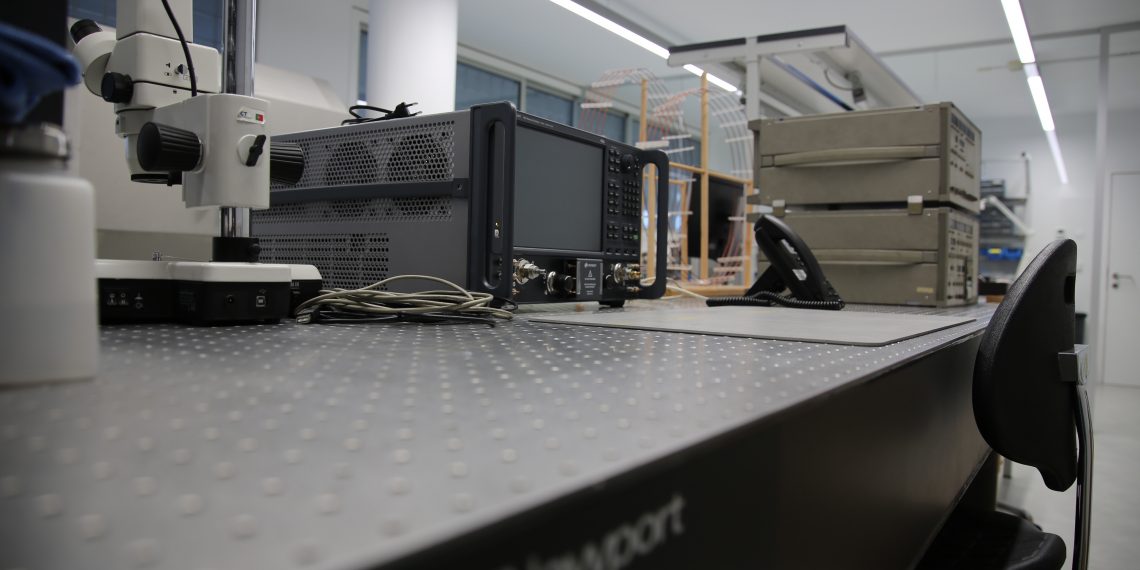A sustainable communications solution for the Internet of Things (IoT) is under development. The solution stems from a combination of light and radio communications, in a flexible way, exploring a technology based on printed electronics. More than 11 eleven entities are working on this solution as part of the SUPERIOT (Truly Sustainable Printed Electronics-based IoT Combining Optical and Radio Wireless Technologies) project, funded by the European Commission (€5.6M). There are three Portuguese entities involved – the Institute for Systems and Computer Engineering, Technology and Science (INESC TEC), the Universidade Nova de Lisboa, and Wavecom.
With the development of IoT – Internet of Things – and the proliferation of devices that connect the physical and the digital worlds, the SUPERIOT emerges with a revolutionary technology with scientific, economic, and social impact, through the development of the first demonstrator of a fully printed IoT node.
In practical terms, we’re talking about the creation of devices using 3D printing techniques, enabling more sustainable and economical results by reducing material waste, favouring the use of recyclable resources, and optimising energy consumption. Using light and radio-based communications is also beneficial, namely regarding network security, flexibility, and resilience.
“This IoT network will support society in becoming more environmentally and ecologically sustainable”, explained Luís Pessoa, INESC TEC researcher and visiting professor at the Faculty of Engineering of the University of Porto (FEUP) – stressing that the project focuses on “changing the way people, equipment, machines and objects interact with their immediate environment through active features built sustainably on the surrounding surfaces”.
The researcher believes that “demonstrating that it’s possible to print an IoT node will be the first step towards a true technological revolution in sustainable wireless communications”. By 2030, the size of the IoT market is expected to reach €4 billion; in this sense, the project will serve as a bridge for the development of more advanced features based on printed electronics, like access points, signal processing and computational blocks, sensors, energy collection and storage systems, among others.
The results of the project will support several real-world applications in the near future, with major benefits in logistics (and industrial applications in general) as well as ICT in the healthcare sector.
For instance, the creation of fully printed smart labels – with a small adhesive IoT node including sensors and connectivity functionalities, massively produced at lower prices – will create a world of opportunities for new applications like packaging, logistics, medical ICT, entertainment, and industrial applications.
In terms of healthcare, and according to the researcher, “the results of the project will reinforce the production of disposable health patches, which will allow long-term monitoring of the health status of healthy people and individuals with certain medical conditions, supporting preventive healthcare”.
In addition to Portugal, SUPERIOT also brings together partners from Finland, the Netherlands, Spain, Poland, Belgium, the United Kingdom, and Germany.




 News, current topics, curiosities and so much more about INESC TEC and its community!
News, current topics, curiosities and so much more about INESC TEC and its community!